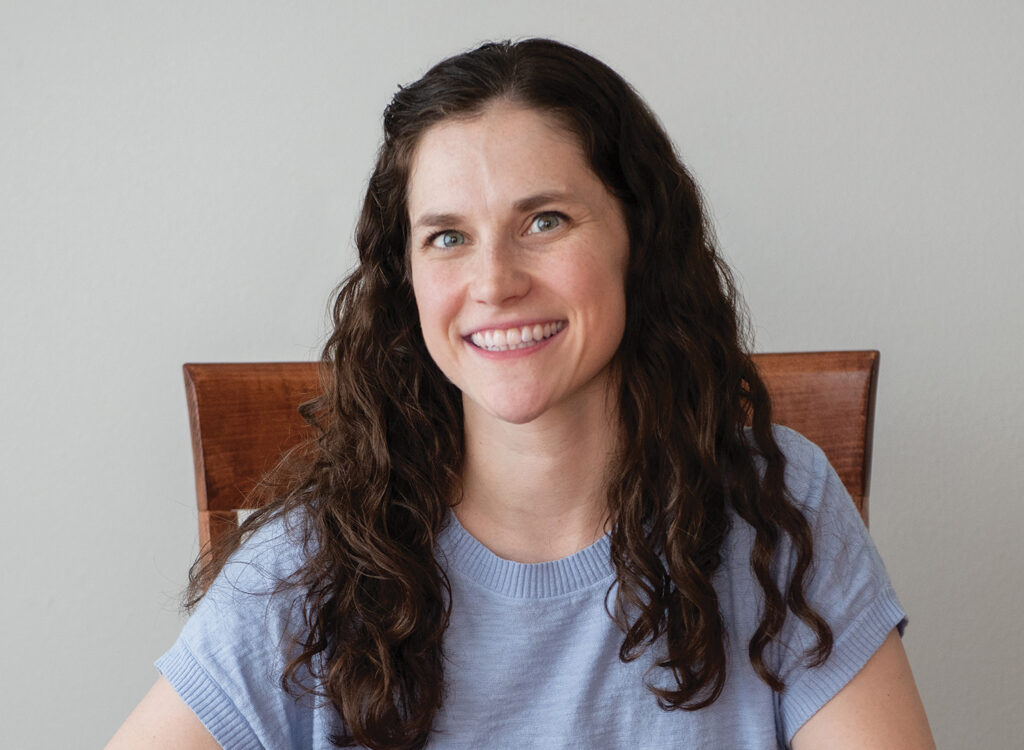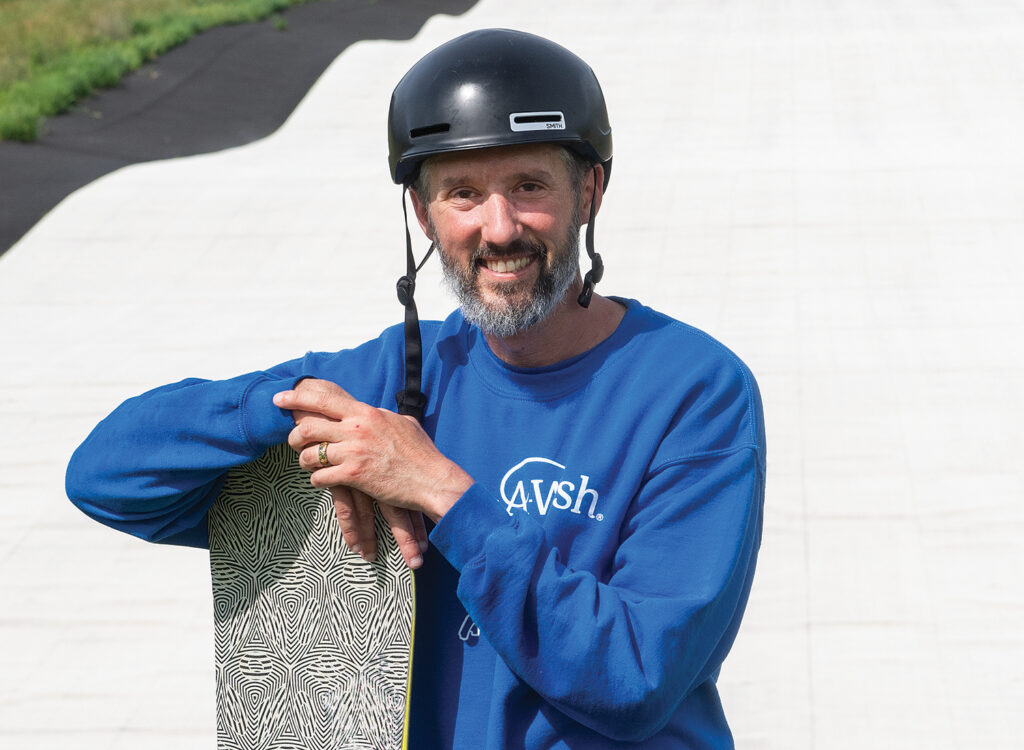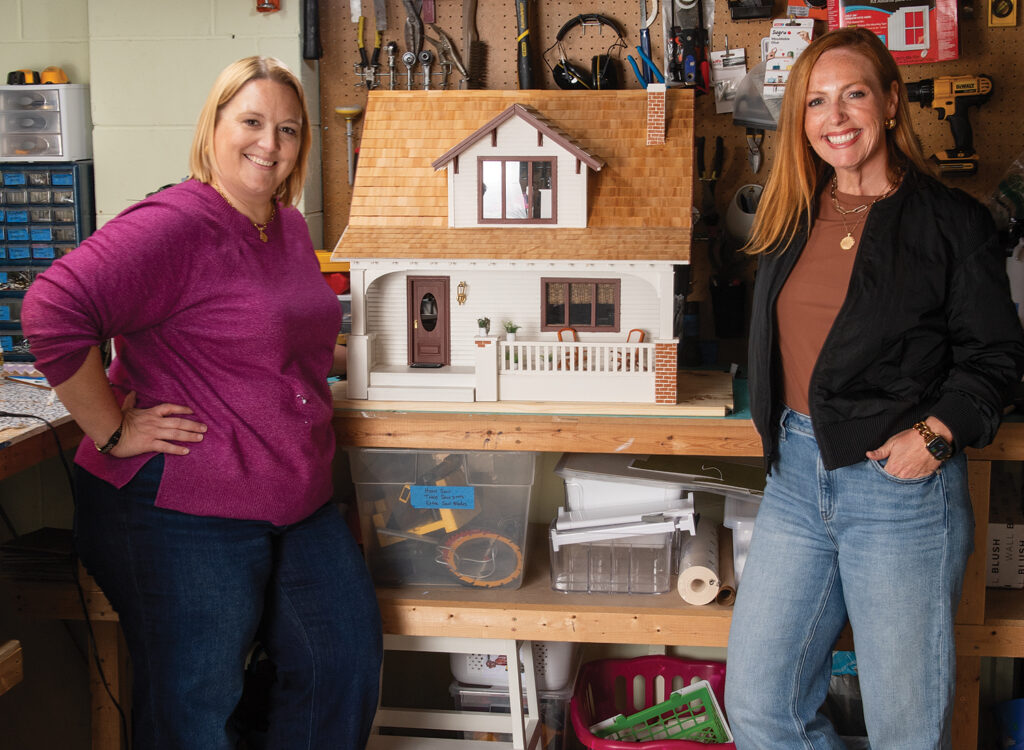NOTEBOOK: Who knew electronics was so hard?

JOE GARDYASZ Jun 27, 2019 | 3:09 pm
1 min read time
224 wordsBusiness Record Insider, The Insider NotebookLearning how to build and repair electronic components is a very hands-on exercise that takes more than its share of trial and error, says DMACC’s Brad Luhrs, a 30-year veteran in the industry. I interviewed Luhrs, an electronics instructor and chair of the Electronics Engineering Technology program, for a story I recently wrote about robotics training in Iowa.
“It’s hard, and it takes experience,” Luhrs told me during a tour of the electronics labs. “I can lecture myself until I’m blue in the face, but until you set something on fire, you don’t really know what you’ve done wrong until that happens.”
One memorable experience occurred when a student wired a diode backward in a circuit he had built, which caused it to overheat. “It was getting very hot, and I could physically see it because it was turning gray and it was normally a black device,” Luhrs recalled. “I said, ‘That’s getting really hot.’ And what does he do? He reaches right down and pulls it out. And a little smoke comes off. And so he’s got this imprint of a diode on his fingers, and I said,
‘Your new nickname is Smokey.’ ”
“But the students have a lot of fun,” Luhrs said with a smile. “They break things all the time — but if you’re not breaking things, you’re not learning.”










